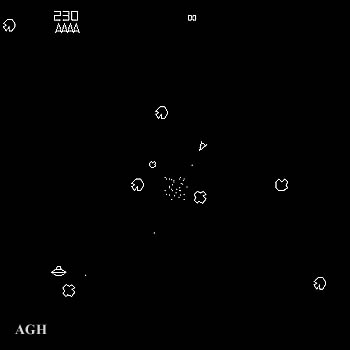The newly discovered asteroid 2007 TU24 is passing within 1.4 lunar distances, or 334,000 miles, of Earth today.
The asteroid, estimated at between 150 and 600 meters in diameter, was discovered by the University of Arizona’s Catalina Sky Survey in October 2007. It poses no threat to Earth, but its near approach gives astronomers a golden opportunity to learn more about potentially hazardous near-Earth objects. And conspiracy theorists a chance to speculate on NASA.
Some people are genuinely concerned about this asteroid causing an End of Life event on Earth. Not to worry. We know how to handle these issues:

Using the powerful radar at the Arecibo Observatory in Arecibo, Puerto Rico, the most sensitive in the world, researchers will gauge the object’s size, observe its speed and measure its spin. Switching then to imaging mode, which will offer resolution to 7.5 meters – three times more precise than NASA’s Goldstone telescope, the only other radar telescope in the world – the researchers hope to map the object’s surface in detail. The Robert C. Byrd Green Bank Telescope, Green Bank, W.Va., will receive Arecibo’s echo from the asteroid and transmit its data back to Arecibo.
TU2 is one of an estimated 7,000 near-Earth objects, its size or larger – most have never been closely studied.

“We have good images of a couple dozen objects like this, and for about one in 10, we see something we‘ve never seen before,” said Mike Nolan, head of radar astronomy at the Puerto Rico observatory. “We really haven’t sampled the population enough to know what’s out there.”
Arecibo’s radar is vital for continuing to classify and understand such objects, said Cornell University assistant professor of astronomy Jean-Luc Margot. “Arecibo does a fantastic job at getting images, discovering the shape, spin and reflection properties of such an object . . . all these things that are important to know.”
The telescope will be trained on TU24 Jan. 27-28 and again Feb. 1-4. Goldstone’s planetary radar observed it Jan. 23-24.





Comments